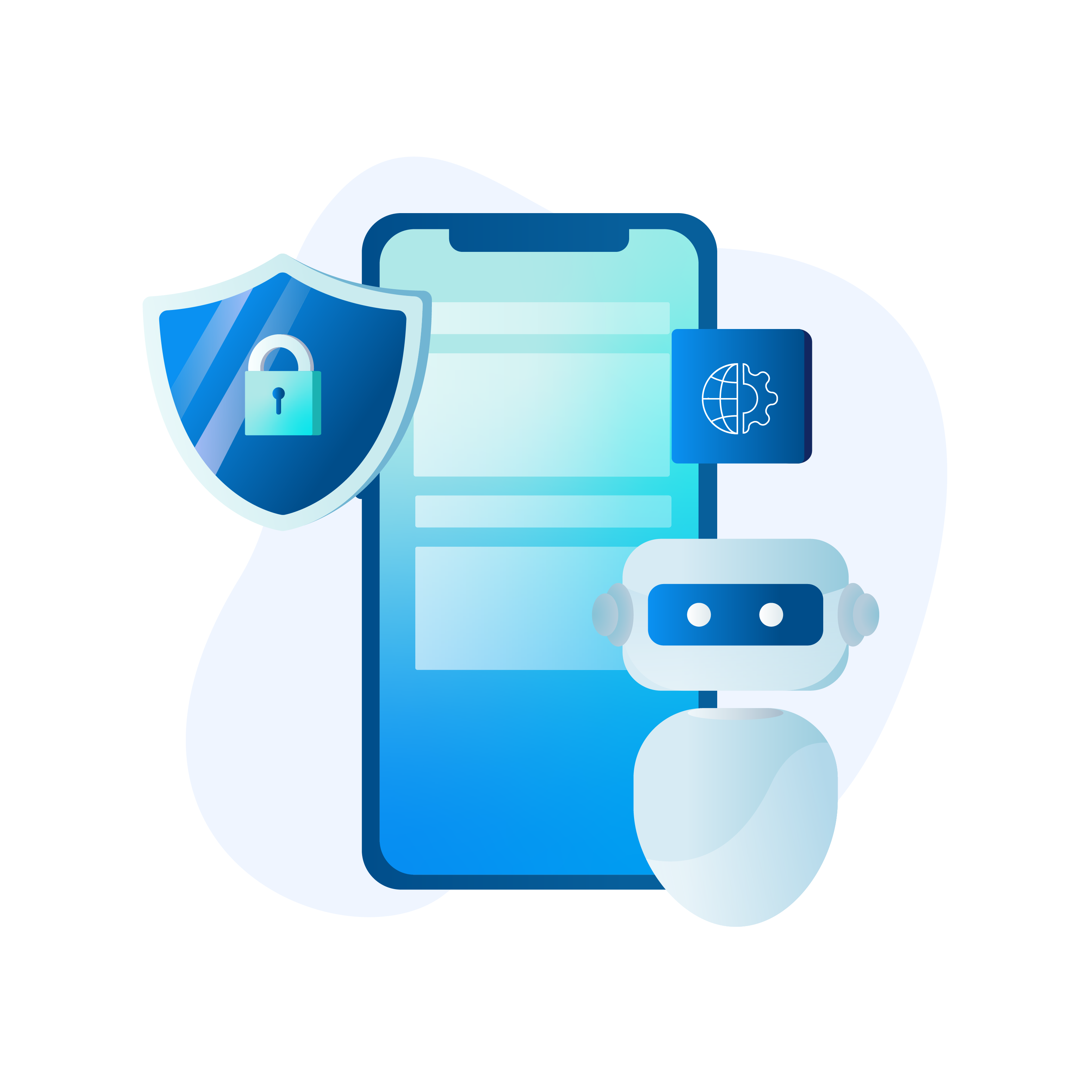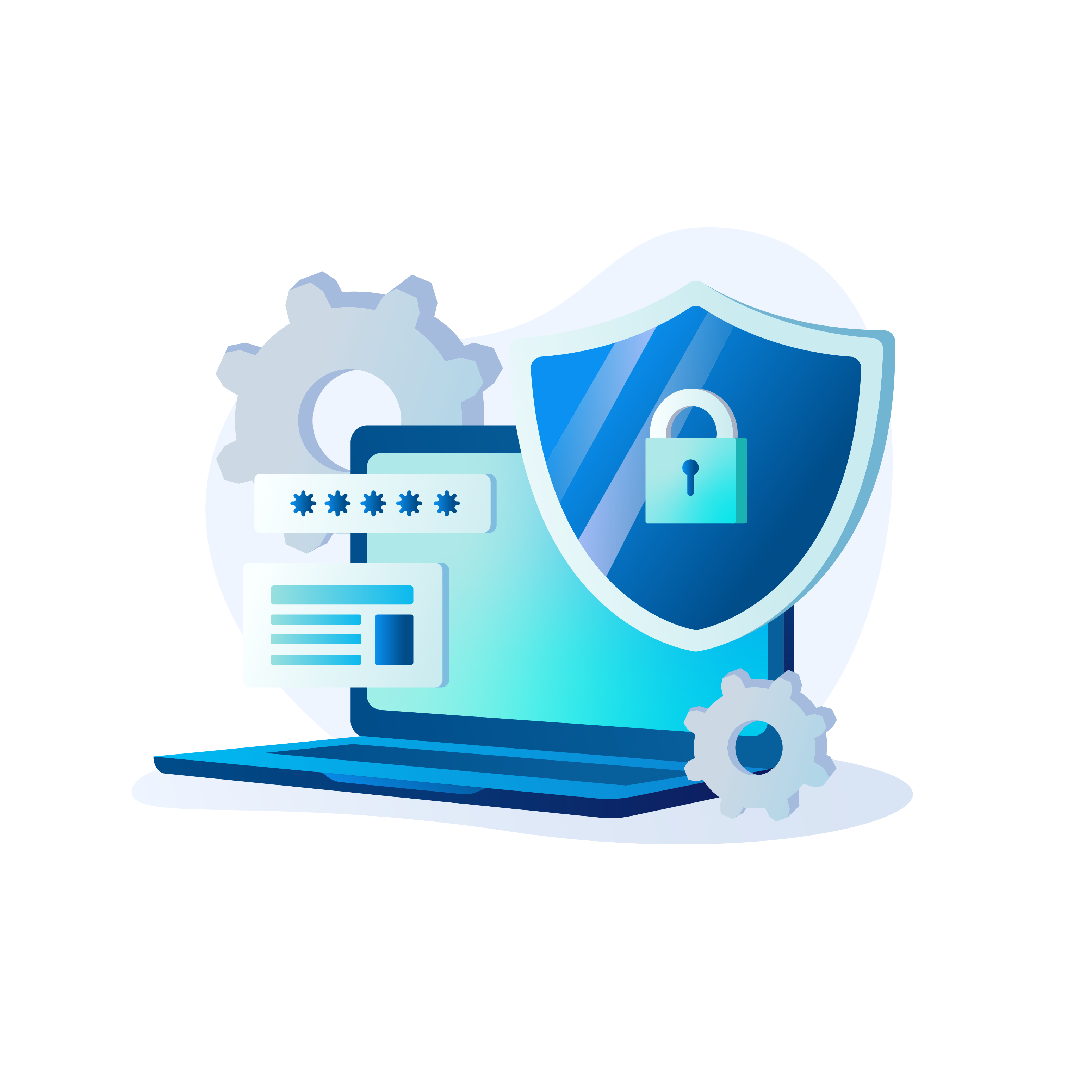Financial Security: What Everyone Should Know
Types of fraud
Breaking down the most common types of fraud and explaining how to recognize deception in time
Common schemes
The tricks fraudsters use most often — and how each scheme works
Practical recommendations
Practical financial security rules everyone should be aware of
If you encounter fraudsters
What to do and where to turn if you encounter fraudulent activities

Types of fraud
Phishing (via SMS, e-mail, calls)
Targeted distribution of fake messages imitating official notifications from banks, payment systems, marketplaces, or government agencies.
QR code fraud
Using fake QR codes that lead to fraudulent payment pages or alter transfer details.
Social engineering
A method where fraudsters use psychological techniques to obtain confidential information, gain access to systems, or push the victim to perform certain actions
Fake websites and applications
Creation of copies of official websites and mobile applications to steal personal data or funds.
Messenger fraud
Fraud through popular messengers (Telegram, WhatsApp, Viber, etc.), often using fake accounts.
Financial Security: What Everyone Should Know
Social engineering
Pretending to be a bank employee, law enforcement officer, or government official to persuade the victim to provide card details.
Creating a sense of urgency
— "Your account has been blocked, transfer money to a "safe" account".Putting emotional pressure (fear, greed, sense of duty).
Phishing (via SMS, e-mail, calls)
SMS with a link to a fake website for entering login/password.
E-mail with a forged form or invoice for payment.
Calls (vishing), where a fraudster pretends to be from the bank's security service and asks for "confirmation data".
Fake websites and applications
A domain similar to the official one but with extra characters or errors.
No HTTPS certificate or a fake certificate.
A requirement to enter full card details, CVV code, and online banking passwords.
QR code fraud
Placing a fake QR sticker over the original one in a cafe, shop, or parking lot.
Sending a QR code via messenger "for payment" with altered account details.
Messenger fraud
A fraudster pretends to be a friend/relative and asks for an urgent money transfer.
Creation of fake groups or channels with "investment projects" and promises of high profits.
Selling non-existent goods/services with a demand for prepayment.
Common fraud schemes, categorized for clarity
Popular fraud scenarios — learn to spot them right away
False Distress
Fraudsters call or write, posing as law enforcement officers, hospital staff, or lawyers, and claim that your family member has supposedly been in an accident, detained, or is in serious condition.
The goal is to shock you and force you to quickly transfer money "for treatment" or "to resolve the issue".
Signs:
Demand for an urgent money transfer.
Refusal to let you speak with your relative.
Use of frightening phrases ("if you don't pay, it will get worse").
Example: a call from an "investigator" demanding a money transfer to "close the case" against your relative.
Practical recommendations
This section contains simple and effective tips to help you reduce the risk of fraud and keep your finances safe. By following these recommendations, you’ll be able to identify threats in time and protect yourself from malicious actions.
Never share codes, PIN, or CVV
Banks and payment systems never ask for your card PIN, CVV code, or one-time passwords from SMS or push notifications. If someone calls or writes to you with such a request — it is 100% fraudsters. Even bank employees, law enforcement, or government agencies do not need this information to help you.
Check the website address and phone number
Before entering your data, make sure the website uses HTTPS (a padlock in the address bar). Check the domain carefully (fraudsters often replace letters or use similar characters, for example: "bunk" instead of "bank"). When receiving calls, check the number — it is better to call back using the official bank number shown on the website or on your card.
Set transaction limits
Configure daily and one-time limits for your cards and accounts in mobile banking. Limits help minimize losses in case of card or account compromise. For large transactions, use prior confirmation (via call center or the app).
Set up transaction notifications
Enable SMS or push notifications for all incoming and outgoing transactions. Timely alerts will help you quickly detect unauthorized debits and block your card.
Use Face ID / two-factor authentication
Enable biometric authentication (Face ID, Touch ID) to log in to the mobile app and confirm transactions. Activate two-factor authentication (2FA) in online banking and email services. This creates an additional barrier even if your login and password are stolen.
Fraud Protection Algorithm

First Steps in Case of Fraud
Emergency Measures
What to do immediately after contact with fraudsters: stop all communication, secure your funds, change your passwords, and record the evidence. Here you’ll find a step-by-step guide for the first hours and days, including what to do if money has already been withdrawn.

Next Steps and Data Protection
Reports, Investigations, Restrictions
How to act if personal data has been leaked or money has already been lost: what to submit to the bank, how to assist the investigation, and which mistakes must be avoided.
Financial Security: What Everyone Should Know
Quick checklist (summary)
Stop contact → Block card/account → Change passwords + enable 2FA.
Record evidence.
Bank: statement, dispute, case number.
Platform/service: complaint and blocking of the fraudster's account.
Law enforcement: report with attachments.
Devices/SIM: check, remove software, reissue if necessary.
Monitoring: notifications, limits, statement control.